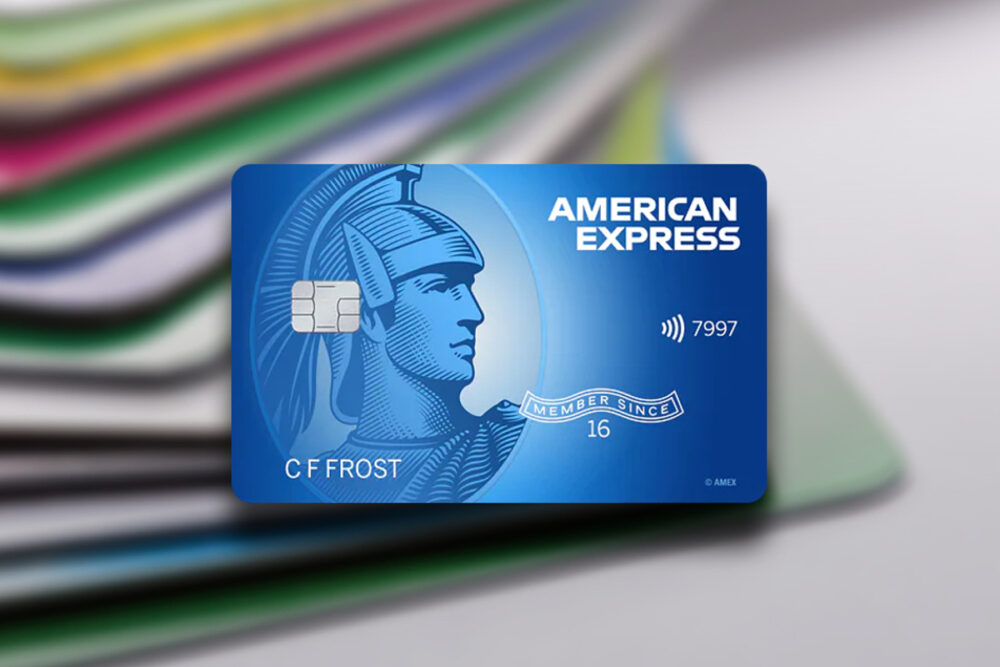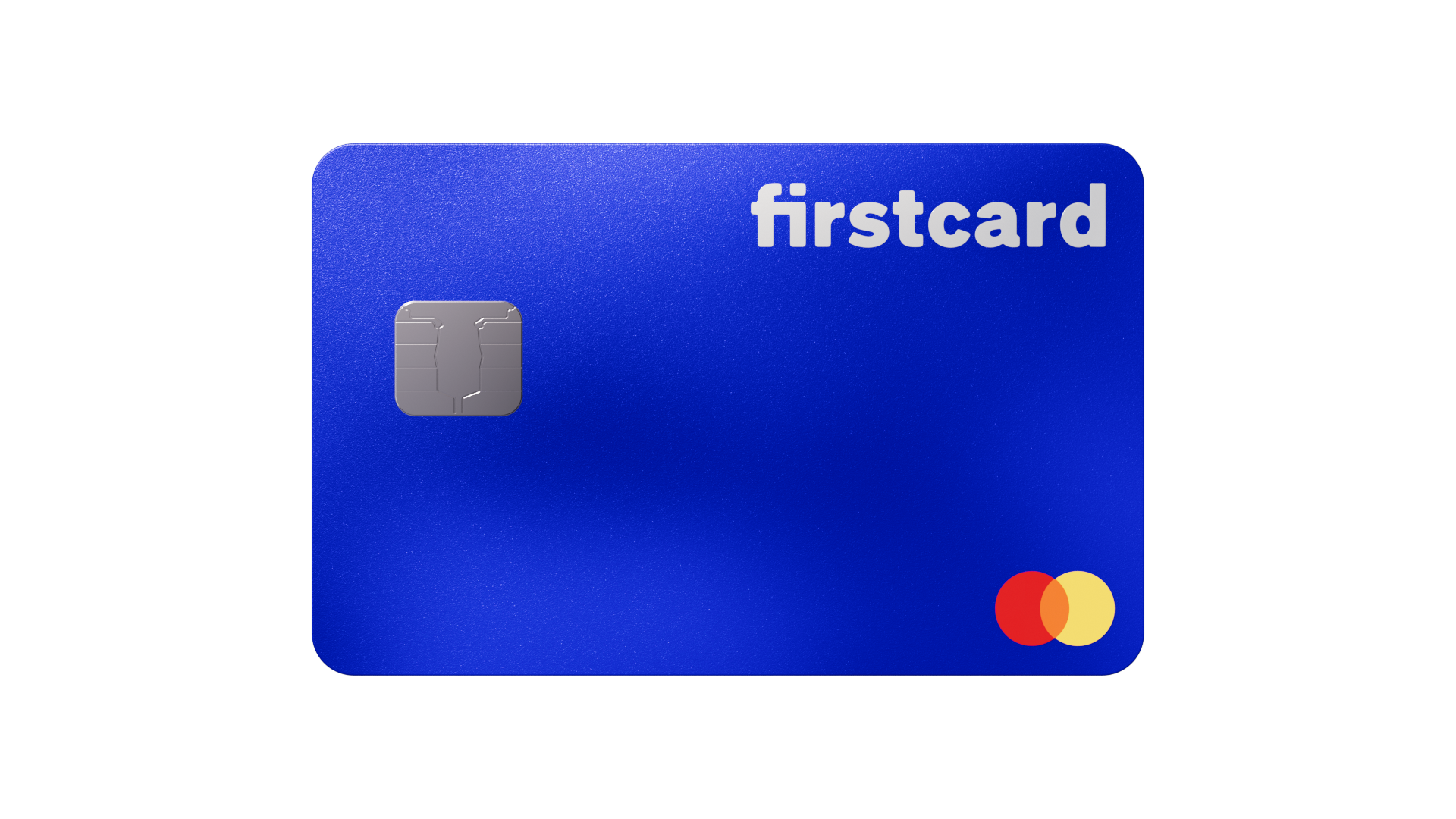How to assess the cost-benefit of premium credit card fees and annual charges

Understanding Cost-Benefit Assessment for Premium Credit Cards
Deciding whether to invest in a premium credit card can be challenging. With various annual fees and potential rewards, it is essential to evaluate whether the benefits genuinely outweigh the costs. Many individuals find themselves excited about the allure of premium cards, but without a thorough assessment, they may end up with a product that doesn’t truly serve their needs.
When assessing the cost-benefit of premium credit cards, consider the following factors:
- Annual Fees: Premium cards often have higher fees, ranging from $100 to over $500. For example, the Chase Sapphire Reserve charges a $550 annual fee. However, if you frequently travel and can utilize its extensive travel benefits, the cost may be justified.
- Rewards Programs: Evaluate the cash back, points, or travel rewards you could earn. For instance, the American Express Platinum card offers 5 points for every dollar spent on flights booked directly with airlines or on amextravel.com. If you fly often for business or leisure, these points can quickly add up and provide substantial value.
- Additional Perks: Look for benefits like travel insurance, concierge services, or airport lounge access. The United Explorer card offers complimentary first checked bag and priority boarding, which can enhance your travel experience considerably, saving you both time and money.
Understanding these elements will help you clarify the value a premium card can bring to your financial life. It’s crucial to match the card’s features with your spending habits and lifestyle needs. For instance, if you rarely travel, a card with extensive travel rewards may not be beneficial for you. In contrast, if you eat out regularly, a card that offers significant dining rewards could greatly enhance your overall spending efficiency.
When considering your options, it is also vital to examine utilization. This means understanding how much of the card’s available credit you’re likely to use each month. High credit utilization can negatively impact your credit score, so ensuring that you can manage your spending responsibly is key. Additionally, keep an eye out for hidden fees like foreign transaction fees, late payment penalties, or cash advance charges that can quickly accumulate and negate any potential rewards.
In this article, we will guide you through the process of assessing whether a premium credit card is a wise financial choice for you. By exploring key aspects such as rewards maximization and the intricacies of various card offerings, you’ll be equipped to make an informed decision that aligns with your financial goals and lifestyle.
SEE ALSO: Click here to read another article
Evaluating Premium Credit Card Costs and Benefits
To conduct a thorough cost-benefit assessment of premium credit cards, it is important to break down the associated costs and potential rewards systematically. Understanding how these elements interact with your personal financial habits will guide you in making an informed decision. Here, we’ll delve into several essential areas that can help clarify whether the advantages of a premium credit card align with your lifestyle and spending patterns.
1. Analyzing the Annual Fee
The annual fee is often the first prominent cost you’ll encounter when considering a premium credit card. While some may view it as a deterrent, it’s crucial to assess what the fee covers. Premium cards like the American Express Platinum charge high annual fees, but they often come with a rich portfolio of benefits. Consider the following:
- Fee Justification: If the card offers extensive travel insurance, purchase protections, or even statement credits for travel-related expenses, the fee may be justified if you can utilize these services.
- Break-even Point: Calculate how much you need to spend or benefit from the card to make up for the annual fee. For instance, if a card provides a $200 travel credit, you need to ensure you can efficiently use that credit in conjunction with other rewards.
2. Reward Potential
Beyond the annual fee, understanding the rewards structures offered by premium cards is essential. Some cards provide higher rewards for specific categories, such as travel or dining, which can generate considerable value when aligned with your typical spending. For example:
- Category Bonuses: If a card offers 3 points per dollar spent on dining and you regularly dine out, the rewards can accumulate quickly, potentially offsetting the annual fee.
- Sign-Up Bonuses: Many premium cards entice new customers with attractive sign-up bonuses, which could provide thousands of points just for meeting a minimal spending requirement within the first few months. Assess how attainable these bonuses are for you.
3. Utilizing Additional Benefits
In addition to rewards, premium cards often come with a variety of perks that can enhance their value significantly. Look for benefits that matter to you personally, which may include:
- Airport Lounge Access: If you travel frequently, access to exclusive lounges can improve your flying experience significantly, providing complimentary food and drinks.
- Concierge Services: Some premium cards offer personal concierge services to assist with reservations, event ticketing, or travel planning, which can save valuable time and effort.
- Insurance Coverage: Evaluate the insurance benefits offered, including travel insurance, purchase protection, and extended warranties, which can mitigate unfortunate financial surprises.
By dissecting these areas—annual fees, rewards potential, and additional benefits—you’ll better understand how a premium credit card may complement your financial strategy. By assessing these factors in relation to your spending habits and lifestyle needs, you can make a more informed decision on whether the investment is worthwhile. Remember, the goal is to ensure that the card you choose aligns with your financial goals and ultimately adds value to your everyday life.
CHECK OUT: Click here to explore more
Maximizing the Value of Premium Credit Cards
When evaluating premium credit cards, it’s not just about the fees and the rewards; it’s also crucial to understand how to maximize the overall value you receive from your card. This involves a deeper exploration of your spending habits and how the card’s features can perfectly align with them. Let’s delve into some additional key factors that contribute to an effective cost-benefit analysis.
4. Redemption Flexibility
Having a robust rewards program is excellent, but the redemption process is equally essential. Premium cards typically offer various options for redeeming rewards, and choosing a card with flexible redemption can enhance its value. Consider these aspects:
- Redemption Options: Evaluate if you can redeem points for travel, merchandise, or cash back. If travel is your main interest, make sure the points can transfer to airline or hotel loyalty programs.
- Value per Point: Assess the value of redeeming points in different categories. For example, using points for flights can often yield better value than using them for cash back.
5. Interest Rates and Payment Features
Even though premium credit cards emphasize rewards and benefits, they can also carry higher interest rates. If you tend to carry a balance month-to-month, understanding the Annual Percentage Rate (APR) is vital:
- Interest Charges: If you don’t pay off your balance in full each month, high-interest rates could negate the benefits of rewards. Calculate how those interest charges will affect your overall spending.
- Grace Period: Some cards offer a grace period on new purchases, allowing you to avoid interest if you pay your balance by the due date. Leverage this feature to maximize your card’s benefits.
6. Annual Spending Requirements for Benefits
Many premium credit cards come with tiered benefits that require you to spend a certain amount annually to unlock higher rewards or perks. Understanding these spending thresholds is essential for assessing card value:
- Calculate Your Potential Spend: If a card rewards you with extra points after spending $5,000 in a year, consider whether this is realistic based on your typical spending habits.
- Assess Long-Term Commitment: A card may seem appealing because of its perks, but if achieving those spending thresholds requires you to increase your expenses unnecessarily, the card might not be the right fit.
7. Intangible Benefits
Beyond quantifiable rewards and features, some aspects of premium credit cards may offer intangible benefits that enhance your overall experience. This includes:
- Status and Prestige: Holding a premium card can provide a sense of prestige and status, which might appeal to some individuals.
- Exclusive Invitations and Events: Some premium cards offer exclusive access to events, concerts, or experiences, which could be valuable to those interested in networking or unique experiences.
To summarize, a comprehensive cost-benefit assessment of premium credit card fees and annual charges hinges on multiple factors beyond annual fees and rewards. By evaluating redemption flexibility, interest rates, spending requirements, and intangible benefits, you’ll gain better insight into how these cards can align with your financial habits and improve your lifestyle. Deciphering these elements will empower you to make an informed choice and elevate your financial strategy.
CHECK OUT: Click here to explore more
Conclusion
Assessing the cost-benefit of premium credit card fees and annual charges is an essential process that can help you determine whether a premium credit card is right for you. As we’ve explored, the decision extends beyond the annual fee and apparent rewards to encompass a broader view of your personal financial habits and lifestyle preferences.
Understanding your spending patterns is crucial in this evaluation. When determining if a premium card fits into your budget, consider how your typical expenses align with the card’s benefits and requirements. Take special note of redemption flexibility to ensure that you can utilize rewards effectively, as this will significantly impact the card’s value for your specific needs.
An awareness of the interest rates associated with your card is equally important. If you tend to carry a balance, a high APR can quickly diminish the benefits you might gain from the rewards program. Lastly, don’t overlook the intangible benefits that may not have a direct monetary value but can significantly enhance your experience, such as exclusive access to events or simply the prestige of holding a premium card.
By carefully weighing these factors, you can make a well-informed choice that not only meets your financial needs but also enhances your overall lifestyle. In the end, a premium credit card should work for you—providing benefits that are more than sufficient to justify the costs involved. Empowered with this knowledge, you’re better equipped to navigate the world of premium credit cards and select one that truly adds value to your financial journey.


